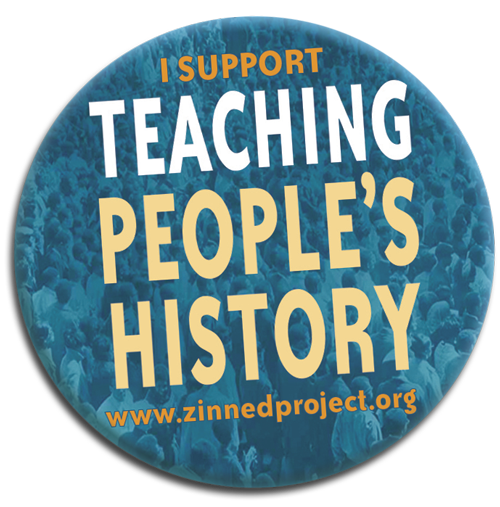|
Presented by the Zinn Education Project
A Collaboration between Rethinking Schools and Teaching for Change
|
 Burning Tulsa: The Legacy of Black Dispossession Burning Tulsa: The Legacy of Black Dispossession
 | | Tulsa's African American community is attacked on May 30-June 1, 1921. Photo: Oklahoma Historical Society. |
None of my mostly African American 11th graders in Portland had ever heard of the so-called Tulsa Race Riot, even though it stands as one of the most violent episodes of dispossession in U.S. history.
The term "race riot" does not adequately describe the events of May 31-June 1, 1921 in Greenwood, a black neighborhood in Tulsa, Oklahoma. In fact, the term itself implies that both blacks and whites might be equally to blame for the lawlessness and violence. The historical record documents a sustained and murderous assault on black lives and property. This assault was met by a brave but unsuccessful armed defense of their community by some black World War I veterans and others.
|
|
People's History for the Next Generation
|

Are you learning history that is not in your textbooks?
Do you wish students were learning that history now?
You can make that happen. Donate today.
|